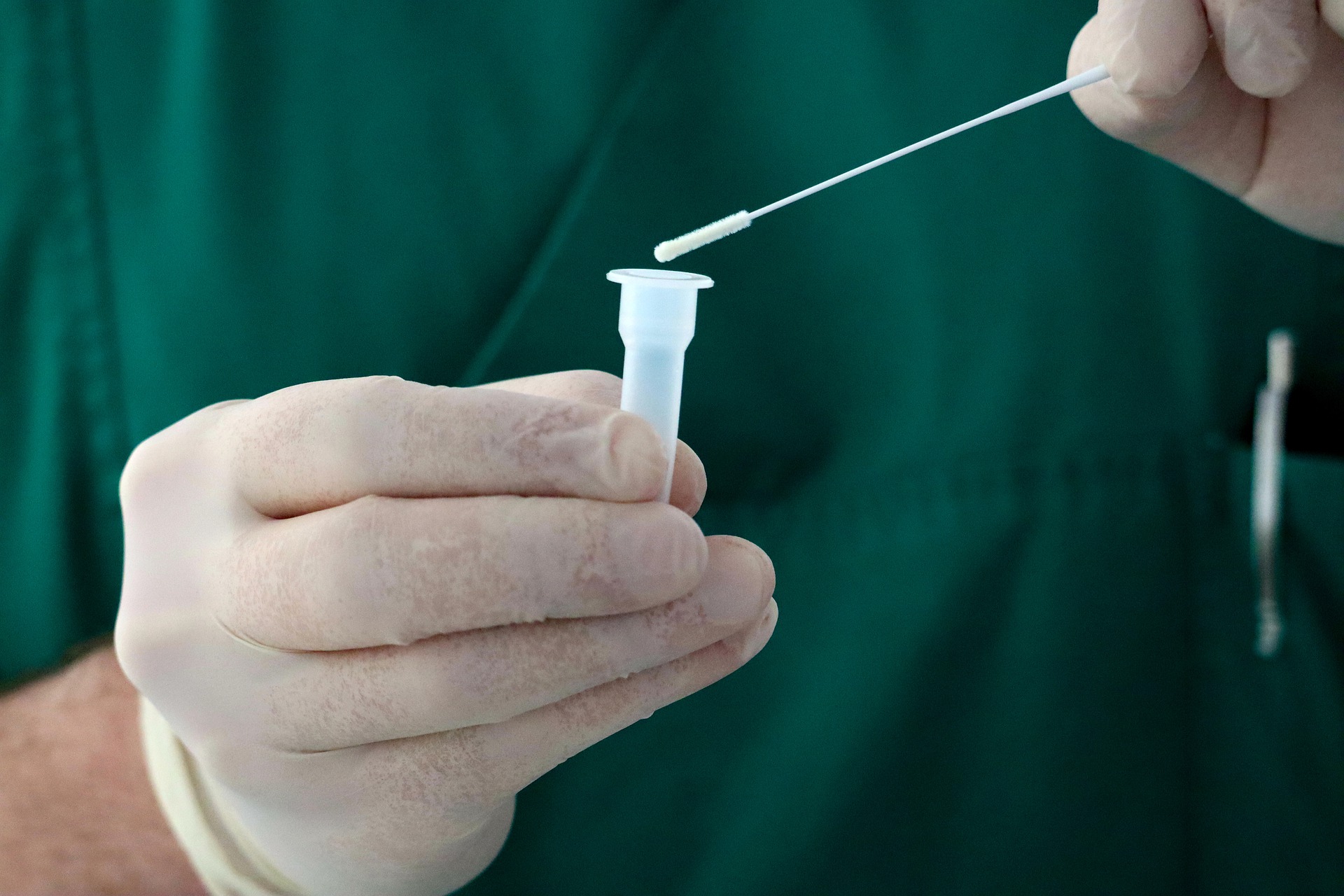



Original From: Technology Network
Genetic testing of saliva samples identifies the SARS-CoV-2 virus more quickly than testing of nasal swabs. The research is published March 21 in Microbiology Spectrum, a journal of the American Society for Microbiology.
¡°That is important because people can spread COVID-19 before they know that they have it,¡± said coauthor Donald K. Milton, M.D., DrPH, a professor of occupational and environmental health at the Institute for Applied Environmental Health, University of Maryland School of Public Health, College Park. ¡°Earlier detection can reduce the disease¡¯s spread.¡±
The research was motivated by the problem that early in the pandemic, an urgent need to increase testing was accompanied by a shortage of supplies, notably nasal swabs, which were then the standard method for collecting samples for testing.
To identify people with COVID-19 the investigators began conducting weekly tests of saliva samples from healthy community volunteers in May 2020 and continued over the next 2 years. Of the asymptomatic volunteers who tested positive, Milton and his colleagues found that those patients would typically show symptoms a day or 2 later. ¡°That made us wonder whether saliva was better for catching pre-symptomatic patients than the traditional nasal swabs,¡± he said.
To answer that question, the researchers used data from a companion study of close contacts of people with confirmed cases of COVID-19. In the study, ¡°We collected saliva and mid-turbinate [nasal] swab samples from contacts every 2 or 3 days during their quarantine period,¡± said Milton. ¡°All samples were tested using real-time reverse transcription polymerase chain reaction [RT-PCR] to detect SARS-CoV-2 and measure how much viral RNA was in the samples. We then analyzed how these results changed in the days before and after symptom onset.¡±
¡°Early in the course of infection, saliva was significantly more sensitive than mid-turbinate nasal swabs,¡± notably so before onset of symptoms, according to the study, which noted that previous studies had shown that pre-symptomatic transmission plays a greater role than symptomatic transmission of SARS-CoV-2.
The findings have implications for improving public acceptance of COVID-19 testing, reducing the cost of mass COVID-19 screening and improving the safety of healthcare workers who conduct testing. In the latter case, saliva self-testing avoids the close contact between patient and healthcare worker that nasal swabbing entails and avoids causing patients to cough and sneeze, thereby spreading virus particles as a result of swabbing the sensitive nasal passages, as well as discomfort to patients.
¡°Our research supports the use of saliva in large-scale screening in schools and workplaces, as a means of improving screening rates, as well as early detection,¡± said Milton. ¡°We expect that if rapid saliva tests become available, they could be a major advance from the current nasal swab-based rapid tests.¡±
Source: Saliva Testing More Effective Than Nasal Swabbing at Detecting SARS-CoV-2 During Early Infection